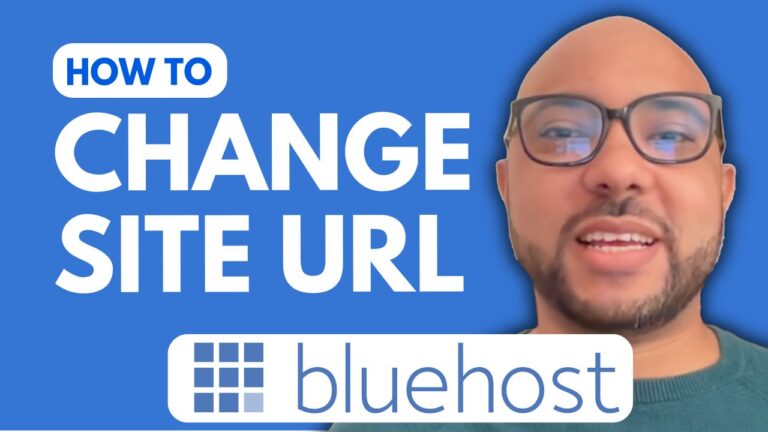How to Add a Domain in Bluehost Hosting
Welcome to another tutorial on Ben’s Experience! Today, I’ll walk you through the process of adding a domain in Bluehost hosting. If you’re looking to expand your online presence by adding a new domain to your Bluehost account, follow these simple steps to get started.
Step 1: Access Your Bluehost Dashboard
Begin by logging into your Bluehost account. Once you’re in, navigate to the “Websites” section. You’ll see an option to “Add Site.” Click on this button to begin the process of adding your domain.
Step 2: Choose Your Setup Option
When prompted, you have a few options for setting up your new domain:
- Install WordPress: If you want to set up a WordPress site, this is the option for you.
- Transfer an Existing WordPress Site: Choose this if you’re moving an existing site from another hosting provider.
- Create an Empty Website: If you prefer to start from scratch, select this option.
For this tutorial, we’ll choose “Create an Empty Website” and click “Continue.”
Step 3: Enter Your Domain Information
You will now need to provide your domain details. Enter your domain name in the field provided— in this example, we’ll use “BenTestingDomain.com.” Click “Continue” to proceed.
Step 4: Update Your Domain Name Servers
Now that your domain is added to Bluehost, you must update your domain name provider’s settings. Log in to your domain registrar account (such as DreamHost in this case) and find the section for managing your name servers.
Replace your current name servers with the ones provided by Bluehost. Save these changes.
Step 5: Verify Your Domain
After updating the name servers, it might take some time for changes to propagate. This process can take anywhere from 5 minutes to 2 days. If you cannot access your domain immediately, don’t panic. This is normal, and the changes will take effect eventually.
Step 6: Check Your Site
Periodically refresh your website to check if the name server changes have taken effect. Once everything is set up correctly, your domain should be fully operational.
Thank you for watching this tutorial! If you found it helpful, please like the video and leave a comment below. Stay tuned for more tips and guides on managing your hosting and domains.






